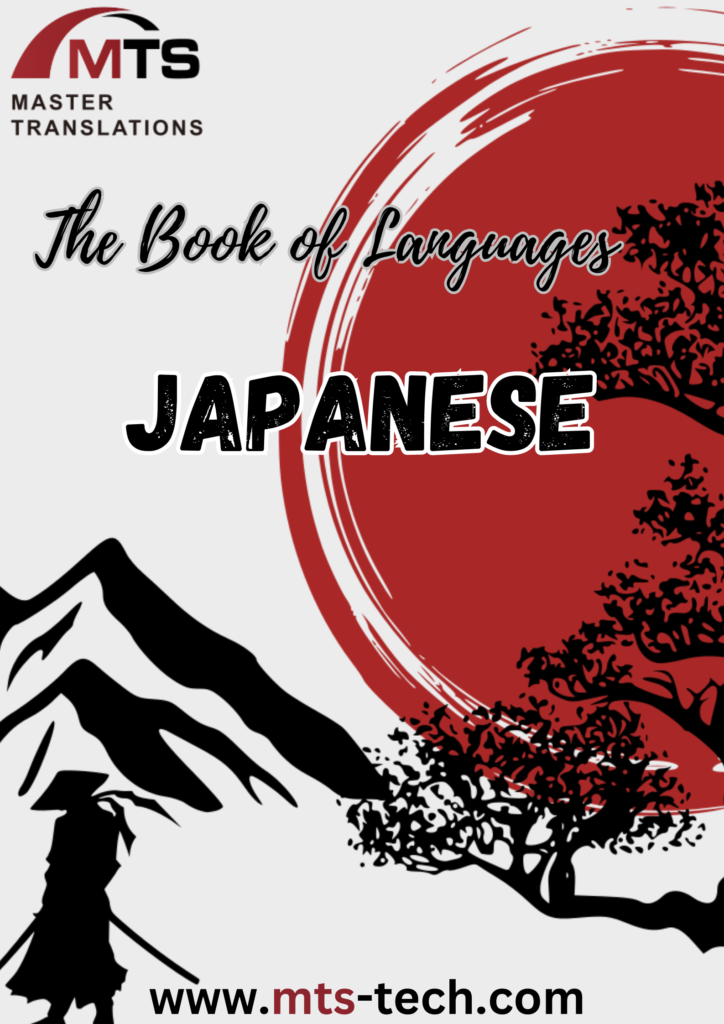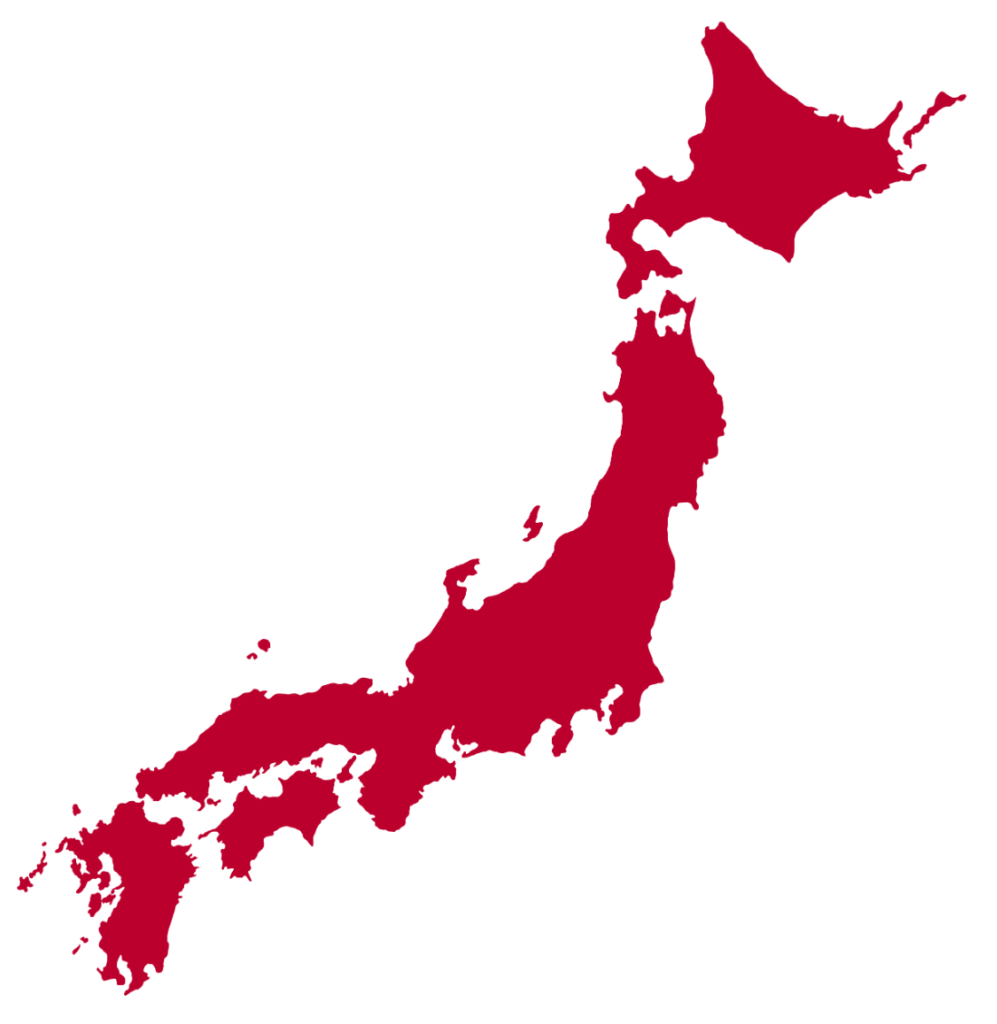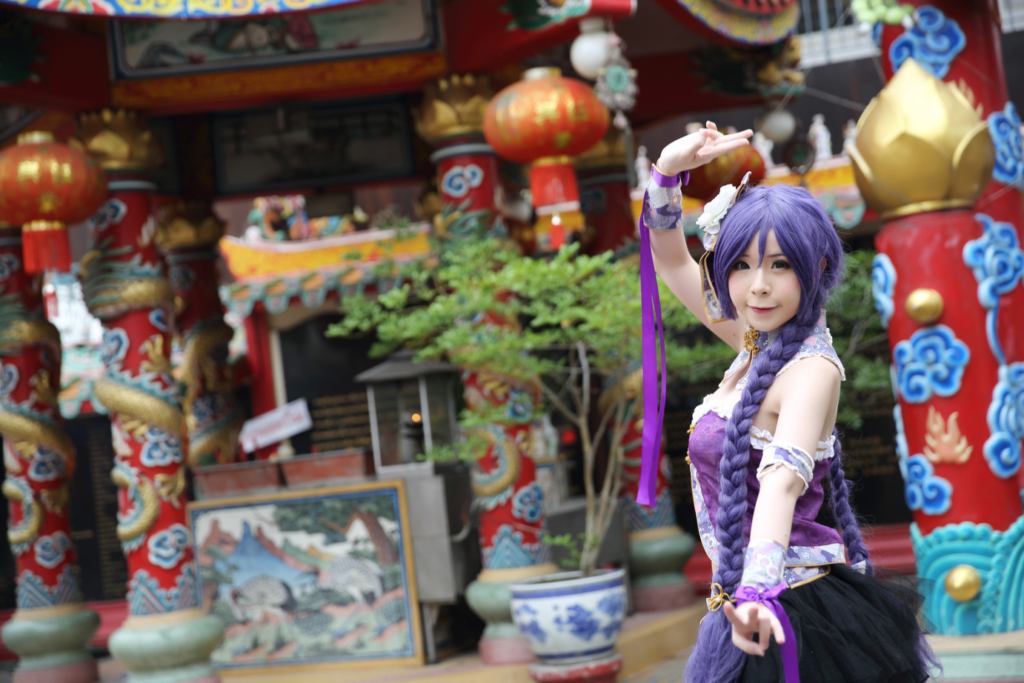
Japanese—a language as poetic as the cherry blossoms in spring and as complex as the Tokyo subway system. Whether you’re a sushi aficionado, an anime enthusiast, or simply captivated by the country’s rich history, knowing the basics of the language offers a golden ticket into an intricate and vibrant culture.
Contrary to popular belief, Japanese isn’t genetically linked to Chinese, although it has borrowed a considerable amount of kanji characters from it. Rather, it stands as its own unique linguistic entity, packing a punch in its three writing systems: hiragana, katakana, and kanji. If that sounds like a lot, buckle up, we’re just getting started!
Let’s hop into our time machines and take a trip back—way back—to the 8th century when the earliest known Japanese writing existed. This period, known as the Nara period, gave birth to “Manyoshu,” the oldest collection of Japanese poetry. The characters used were heavily influenced by Classical Chinese.
However, fast forward to modern times, and you’ll find a language that has evolved through various stages—Old Japanese, Early Middle Japanese, Late Middle Japanese, and Modern Japanese. This isn’t just a tale of time travel; it’s an evolutionary saga that saw the language adapt to Portuguese influence in the 16th century, Dutch in the 17th, and even English in the last hundred years or so.

Words!
One of the charming quirks of Japanese is its fascinating, unique vocabulary. Take “Tsundoku,” for instance. It refers to the act of acquiring books and letting them pile up in one’s home without reading them. It’s a book-lover’s guilt trip wrapped into one compact word.
Then there’s “Komorebi,” which literally means the sunlight filtering through the leaves of trees. Just saying it feels like a warm hug from Mother Nature. Last but not least, let’s honor “Wabi-Sabi,” the art of finding beauty in imperfection. If that isn’t a life lesson in a word, I don’t know what is.
Looking for more surprising facts? Here’s one: Japanese boasts no fewer than 16 different ways to say “I” based on factors like gender, formality, and social context. Talk about an identity crisis!
Oh, and did you know that the Japanese language has no future tense? Yep, context is king here, and you have to figure out the when and where from the situation. A language that makes you think—that’s Japanese for you!

Art!

The influence of the Japanese language extends well beyond its national borders, particularly through cultural exports like anime and music. Anime often incorporates nuanced Japanese expressions and idiomatic phrases, providing a linguistic experience that is deeply rooted in the culture.
In music, genres such as J-Pop have gained international acclaim, often featuring lyrical content that is poetic and rich in metaphors. Both anime and J-Pop serve as compelling gateways to the Japanese language and offer learners an immersive experience that extends beyond textbooks and classrooms.
Japanese might charm your socks off, but learning it? That’s a different story. The three writing systems are just the tip of the iceberg. You’ll also be wrestling with particles, honorifics, and a syntax that’s quite different from English.
Yet, it’s not an impossible feat. The absence of tones, a fairly straightforward pronunciation scheme, and a relatively limited sound inventory can make spoken Japanese accessible to diligent learners. So, if you’re up for a linguistic adventure, the Land of the Rising Sun is calling your name. Who knows? Maybe you’ll find your own “Wabi-Sabi” in the intricate maze that is the Japanese language.
